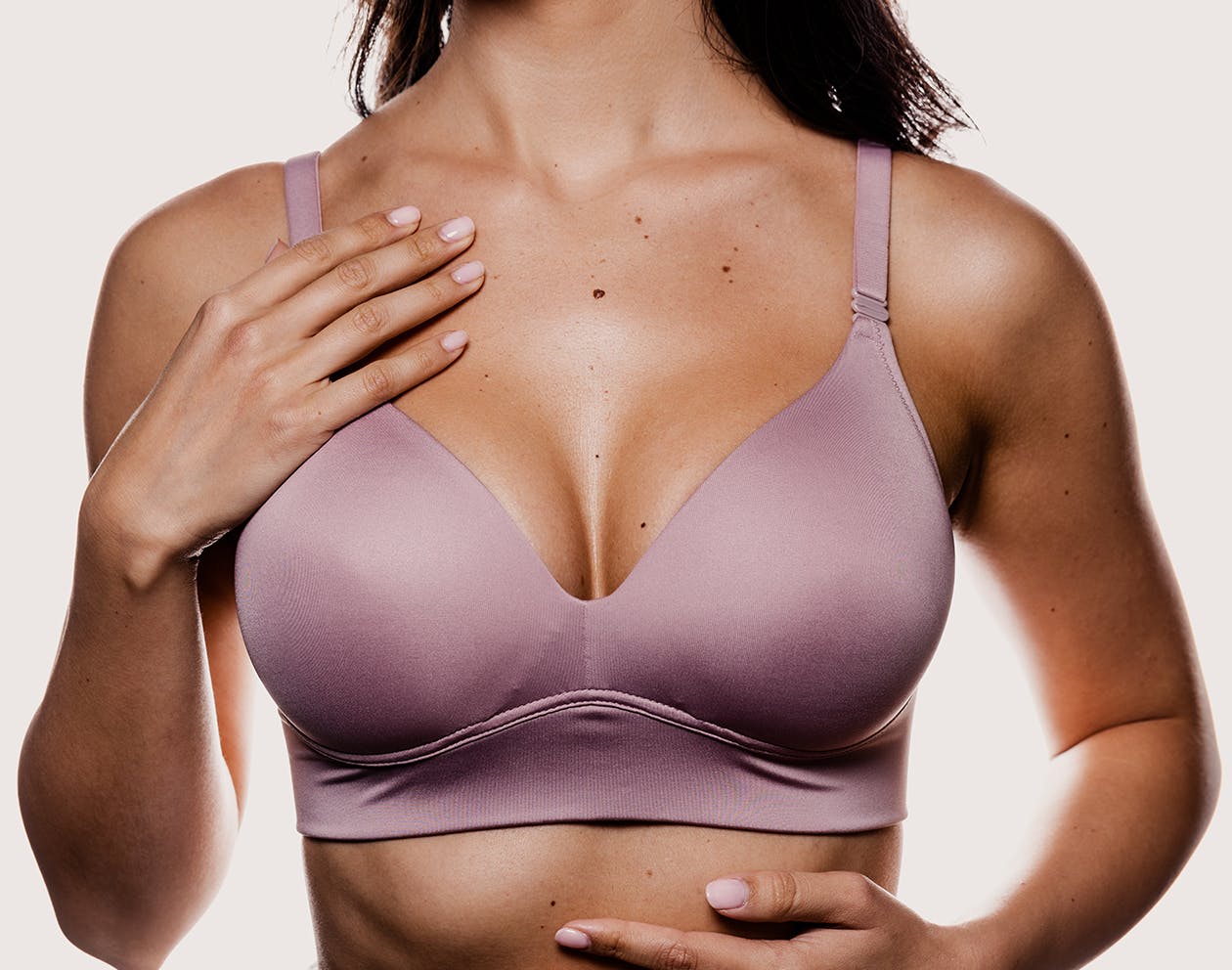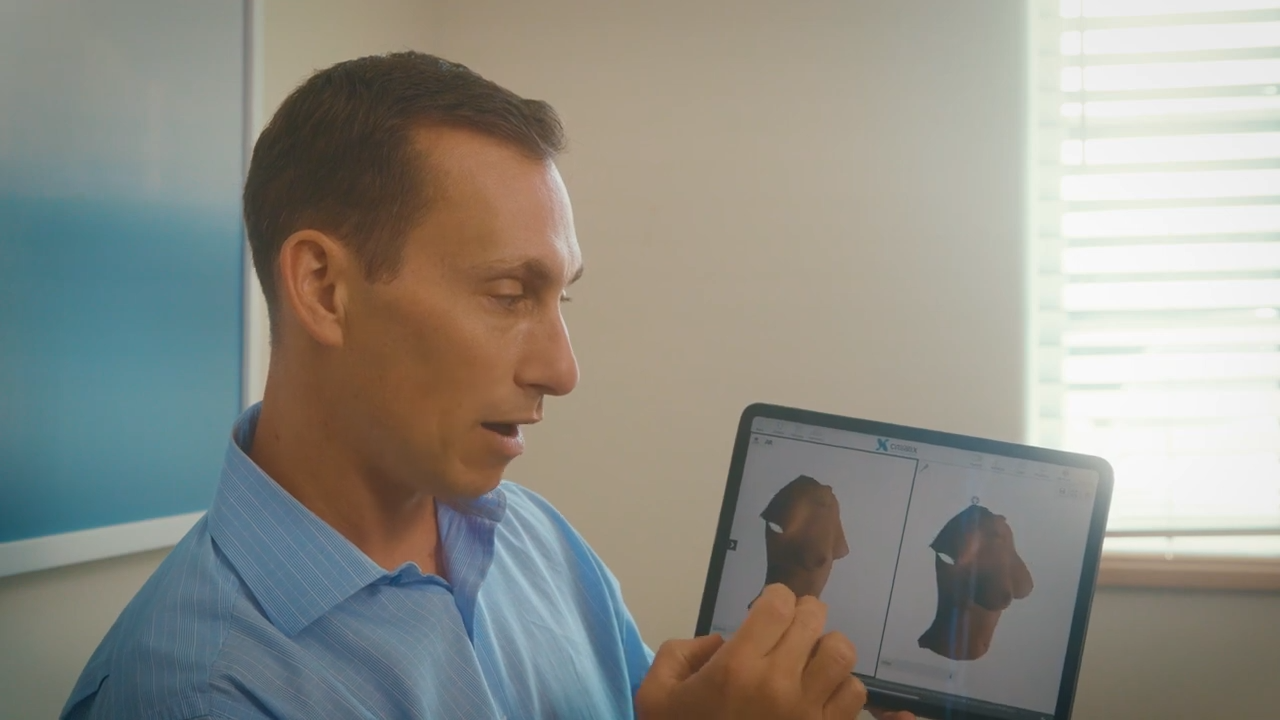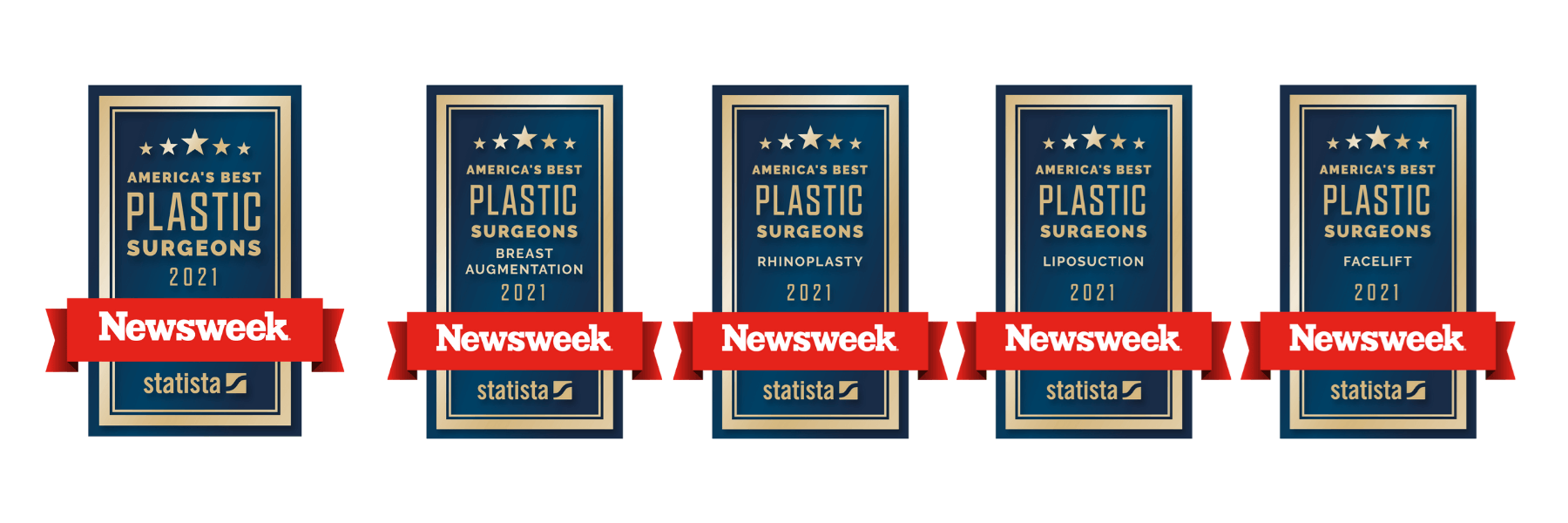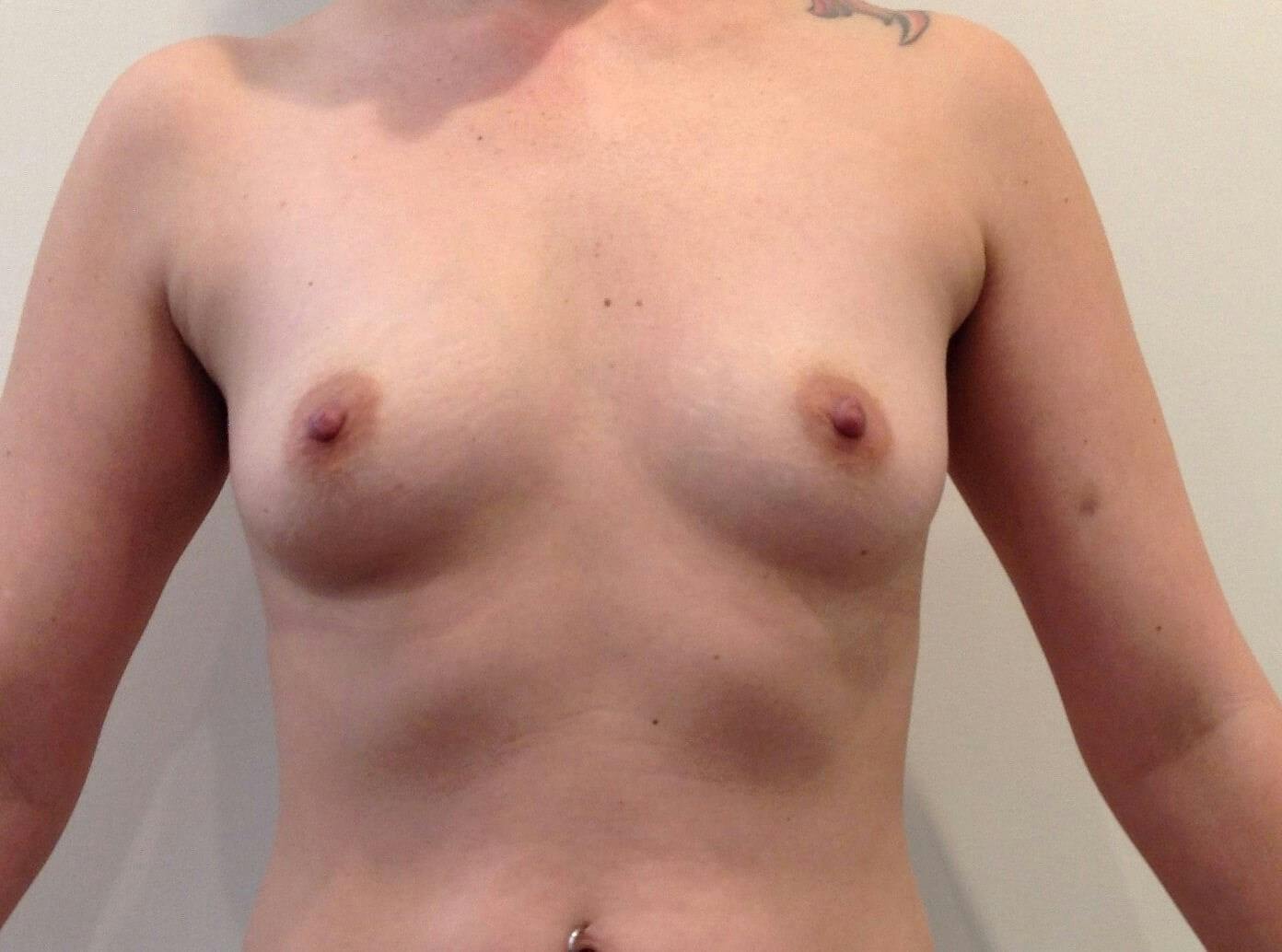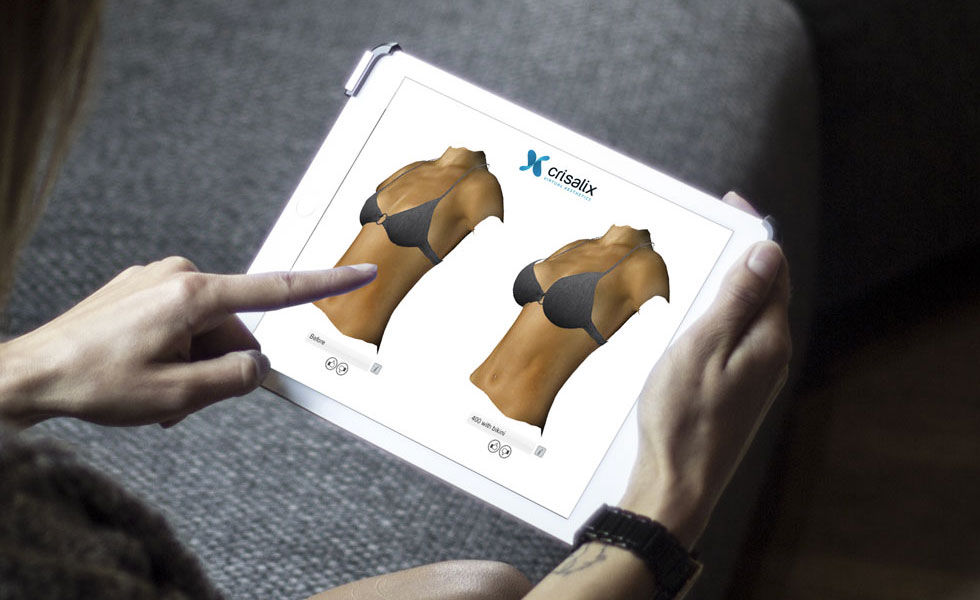Breast augmentation (augmentation mammoplasty) is one of the most popular plastic surgery procedures and is chosen by more than 350,000 women a year.
Are silicone breast implants safe?
Patients sometimes have concerns about the safety of silicone breast implants because of the attention they received in the media years ago. However, the FDA did approve their safety. In addition, no evidence has ever been found to link silicone breast implants to cancer, auto-immune deficiency disease, or any other illness. Ultimately, 62% of today’s breast augmentation patients choose silicone over saline. For reconstruction cases, they choose them three times more often.
Should I get a breast augmentation or a lift?
Breast augmentation will help with size, but it will not correct sagging. If you are happy with the shape and laxity of your breasts, then implants alone may meet your cosmetic goals. If sagging is what is most bothersome to you, then you may be considered for a breast lift. During your consult, we will determine if you are better suited for breast augmentation, a lift, or a combination of the two.
Is there a risk of rupture with breast implants?
Modern engineering creates strong and durable implants. With proper care and regular checkups, the risk for rupture is rare. If a saline implant does rupture, the solution will be absorbed by the body and the implant will deflate, becoming visibly noticeable. If a silicone implant ruptures, the cohesive gel will stay intact and will not leak into the body. An MRI will be necessary to detect a silicone defect.
How long do breast implants last?
Most implants will last about 10 – 15 years. Some can last even longer. If there is no rupture, leakage, deflation, or any other visible defects (such as rippling), then there is no need to change the implant or have any type of secondary surgery.

